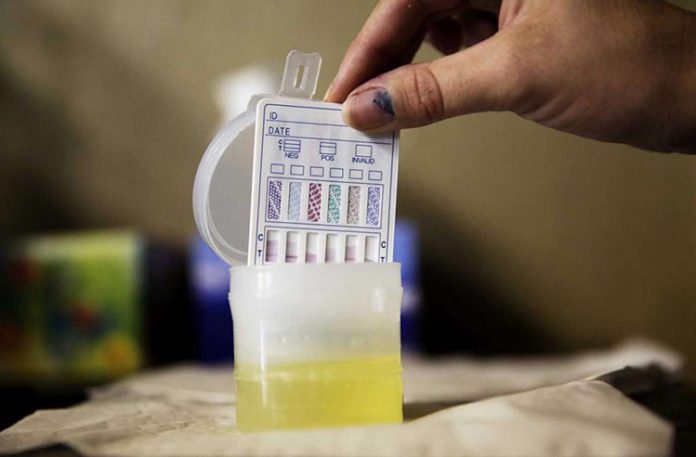Earlier this month, Quest Diagnostics, the world’s leading supplier of diagnostic services, released its 2018 Drug Testing Index reporting results of U.S. employers’ 2017 drug-tests. The good news is that compared to the index reading of 13.8% in 1988, the first year the company performed its analysis, the index reading has fallen by two-thirds in 2017 to 4.2%.
The overall index has two components: the first reports on testing on the federally defined safety-sensitive workforce (airline pilots, nuclear power plant workers, bus and taxi drivers) and the second on the general workforce.
We wrote a few weeks ago about the more lenient approach some employers are taking toward potential employees who test positive for marijuana. Some, like AutoNation, have announced that they no longer test for marijuana, while others either don’t ask for marijuana testing or ignore the reported results.
The Quest Diagnostics report for 2017 notes that “marijuana positivity rising sharply in states with newer recreational use statutes” and points out that positive urine test results have risen by 43% in Nevada, 14% in Massachusetts and 11% in California since these states enacted marijuana legalization laws in 2016.
Quest’s senior director of science and technology, Barry Sample, commented:
These increases are similar to the increases we observed after recreational marijuana use statues were passed in Washington and Colorado. While it is too early to tell if this is a trend, our data suggests that the recreational use of marijuana is spilling into the workforce, including among individuals most responsible for keeping our communities safe.
Too early indeed. The first sales of recreational marijuana in California did not happen until after the first of January this year, so the 11% uptick in 2017 has to be attributable to something else. The first legal recreational sales in Massachusetts don’t happen until July 1, 2018. Nevada dispensaries began selling legal recreational marijuana on July 1, 2017.
Year over year, the 2017 rise in combined positive tests for marijuana rose by 5%, while among the general workforce the year-over-year increase was 4%, and it was more than 7% in the safety-sensitive workforce.
Here are the positive test percentages for marijuana for the past five years in the U.S. workforce:
• 2013:
Safety-sensitive: 0.67%
General workforce: 2.1%
Combined: 1.7%
• 2014:
Safety-sensitive: 0.71%
General workforce: 2.4%
Combined: 1.9%
• 2015:
Safety-sensitive: 0.71%
General workforce: 2.5%
Combined: 1.9%
• 2016:
Safety-sensitive: 0.78%
General workforce: 2.5%
Combined: 2.0%
• 2017:
Safety-sensitive:0.84%
General workforce: 2.6%
Combined: 2.1%
The other thing to keep in mind is that urine tests detect non-psychoactive marijuana traces for days to weeks after use, long after any impairment has passed. For regular users, the period stretches from seven to 100 days, according to California NORML.
Cannabis Business Executive has more details on marijuana testing and the Quest Diagnostics report on all drugs is available from the company’s website.














